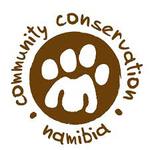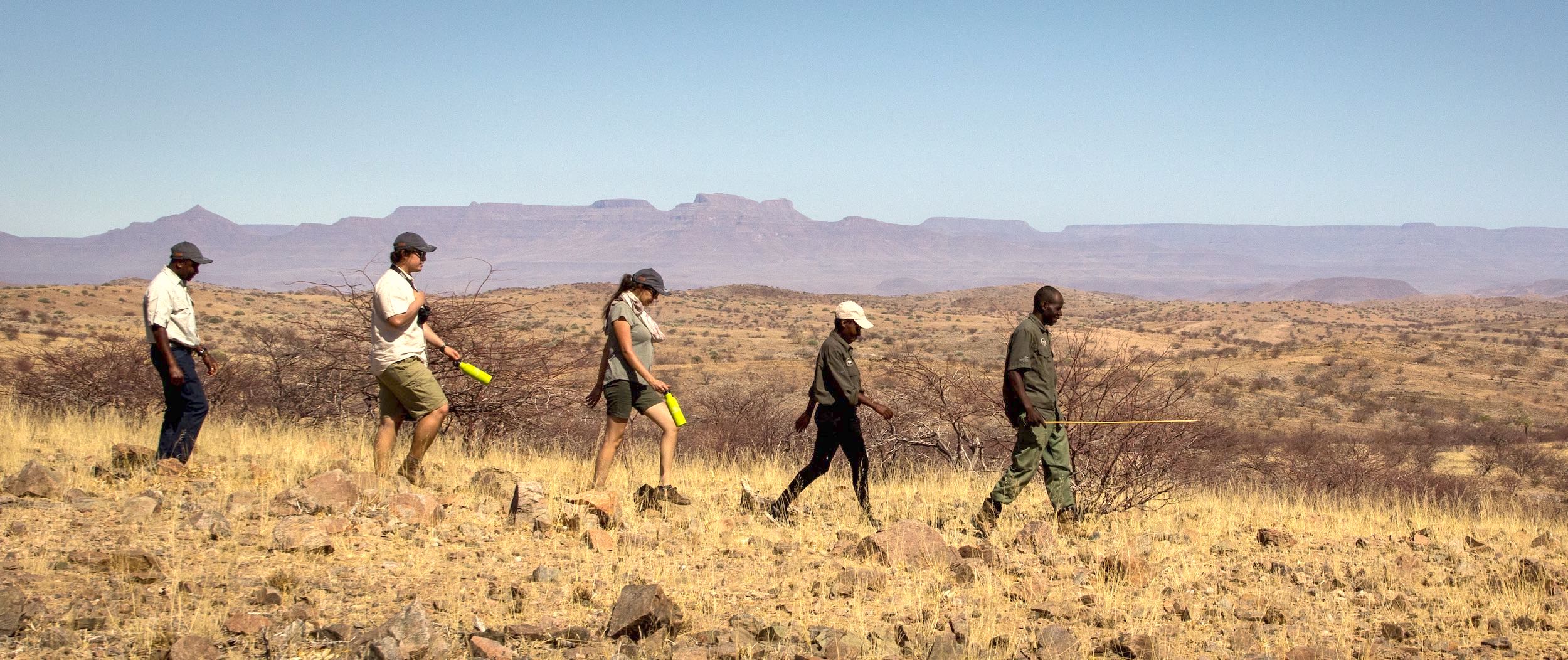
Wildlife Credits
Innovation in conservation by and for Namibians
By Ingelore Katjingisiua and Ginger Mauney
8th August 2020
Innovation is a hallmark of conservation in Namibia, from the establishment of communal conservancies that devolve rights to communities to manage and benefit from natural resources, to rhino custodianship in communal lands, to scientific firsts in the fields of primatology, elephant communication and desert ecology. Another innovative first originating in Namibia is Wildlife Credits, which creates a direct incentive to keep wildlife on communal land by making performance payments to communities who actively protect and conserve wildlife and its habitat.
Wildlife Credits is a type of payment for ecosystem services for wildlife conservation performance. The concept’s premise is that as ecosystems come under increasing pressure from industry and development, there is tangible, global value in conserving their integrity by maintaining healthy land, water and wildlife populations. Furthermore, this value should be transferred to the people who are at the frontline of protecting these ecosystems. In Namibia this applies directly to rural communities who carry a disproportionately large burden of the costs that come with living with wildlife.
Unlike the traditional method of supporting conservation, which relies on donations for inputs such as boots, vehicles, training, etc. that may or may not result in tangible outcomes, Wildlife Credits payments are made based on measurable performance. This funding is thus not aimed at potential conservation accomplishments, but real conservation results. To finance these payments, a national Wildlife Credits fund has been established with seed funding from WWF. Wildlife Credits is temporarily housed with the Namibian Association of CBNRM Support Organisations (NACSO) with the intention to move the fund to the Community Conservation Fund of Namibia (CCF-N).

Not only does Wildlife Credits reward communities for verifiable conservation results, it is also a great example of how innovative thinking expands the pool of resources to help pay for conservation. Right now, as tourism- and hunting-related incomes are under threat from the global coronavirus pandemic, this diversification of conservation funding is critical. Below are examples of how Wildlife Credits work in three different communal conservancies.
Wuparo Conservancy and lions
The Wildlife Credits idea started in the Wuparo Conservancy after a drought that resulted in heightened conflict between lions and communal farmers. Wuparo is one of three conservancies that make up the Mudumu South Complex between the Mudumu and Nkasa Rupara National parks in north-eastern Namibia. In 2013, lions killed 135 cattle and 17 lions were shot in retaliation. The situation was a stark reminder that without clear conservation engagement, problematic species such as lions do not have much of a future in areas where they threaten livelihoods, particularly in times of hardship. While this applies to elephants and other potentially destructive species, it is even more of an issue with lions, because there is also a strong cultural fear of them roaming around village areas.
As a result of the 2013 carnage among cattle, Lise Hanssen of the Kwando Carnivore Project worked closely with the conservancies in the area to identify the conflict hotspots and upgrade livestock enclosures (known as kraals) to ensure that the communities’ cattle were properly protected. This has drastically reduced the conflict, with lion losses in kraals down by about 90%.
Concurrently, WWF also worked closely with the Conservancy Committee and their lodge operator, Simone Micheletti from the Wild Waters Group of Lodges, with the aim of developing a lion conservation performance payment mechanism. In 2016 a Wildlife Credit contract was signed with the Wuparo Conservancy that outlined the conditions of payments. Under this contract, Nkasa Lupala Lodge made a payment to the Wuparo Conservancy based upon lion sightings they recorded during game drives with their guests. This money was paid to the local Wildlife Credit account and was matched by the national Wildlife Credits fund for a combined total of N$51,425. The conservancy used these funds to construct six more lion-proof kraals for their farmers.
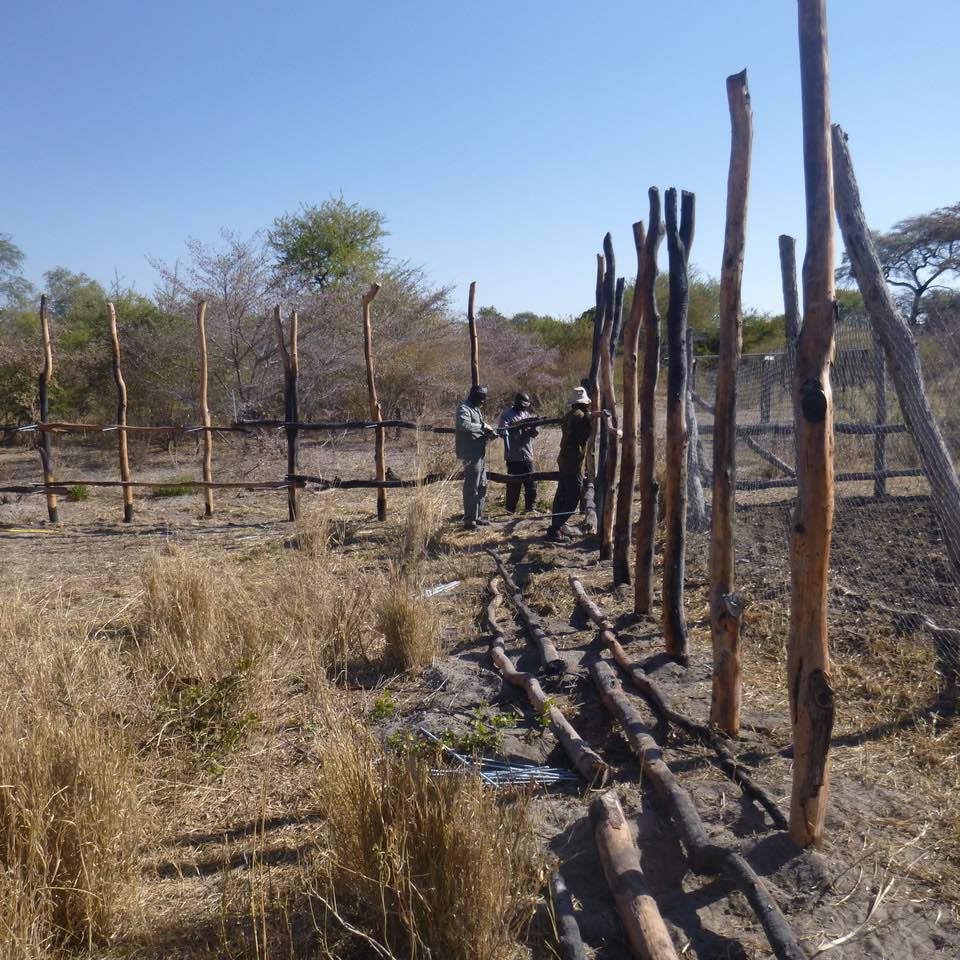
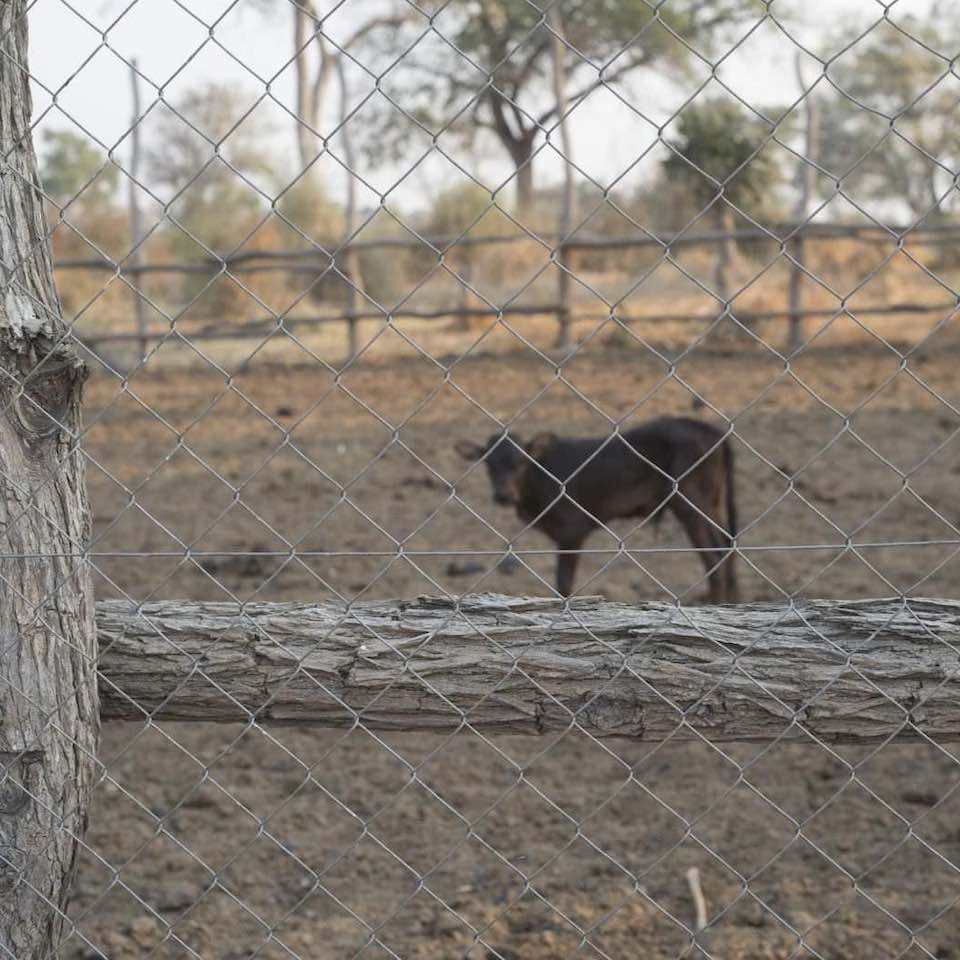
Sobbe Conservancy and elephants
In the Sobbe Conservancy in the Zambezi Region there is an elephant path that is etched not only in the elephants’ memories, but also in the communities’ collective memory. For generations, members of the Sobbe Conservancy have protected this corridor by not planting fields, erecting kraals or building homes that would block the path. The corridor has been respected and protected as a place reserved for wildlife, which is a critical part of the broader landscape because it links the burgeoning elephant populations in Botswana with open spaces in Zambia and Angola.
In 2018, Distell Namibia and Amarula, the liqueur that is synonymous with the African elephant, formed a partnership with Wildlife Credits and the Sobbe Conservancy, whereby Distell invested N$130,000 into the national Wildlife Credits fund to pay the Sobbe Conservancy for successfully protecting the elephant corridor. Payments will be spread out over a three-year period. The conservancy has already been paid N$40,000 for the first year and will receive another N$40,000 for 2019. Members of the Sobbe Conservancy decided that these payments should be used for a village electrification project, which will further encourage the local communities to keep this important wildlife corridor open.
Local protection of the corridor is now backed by scientific facts: comparisons between previous and current satellite images confirm that the communities have continued their long-standing tradition of not allowing development to occur in the corridor, while camera traps reveal that the corridor is being used by more than two dozen animal species including elephants, roan and sable antelopes, lions, leopards and spotted hyaenas.
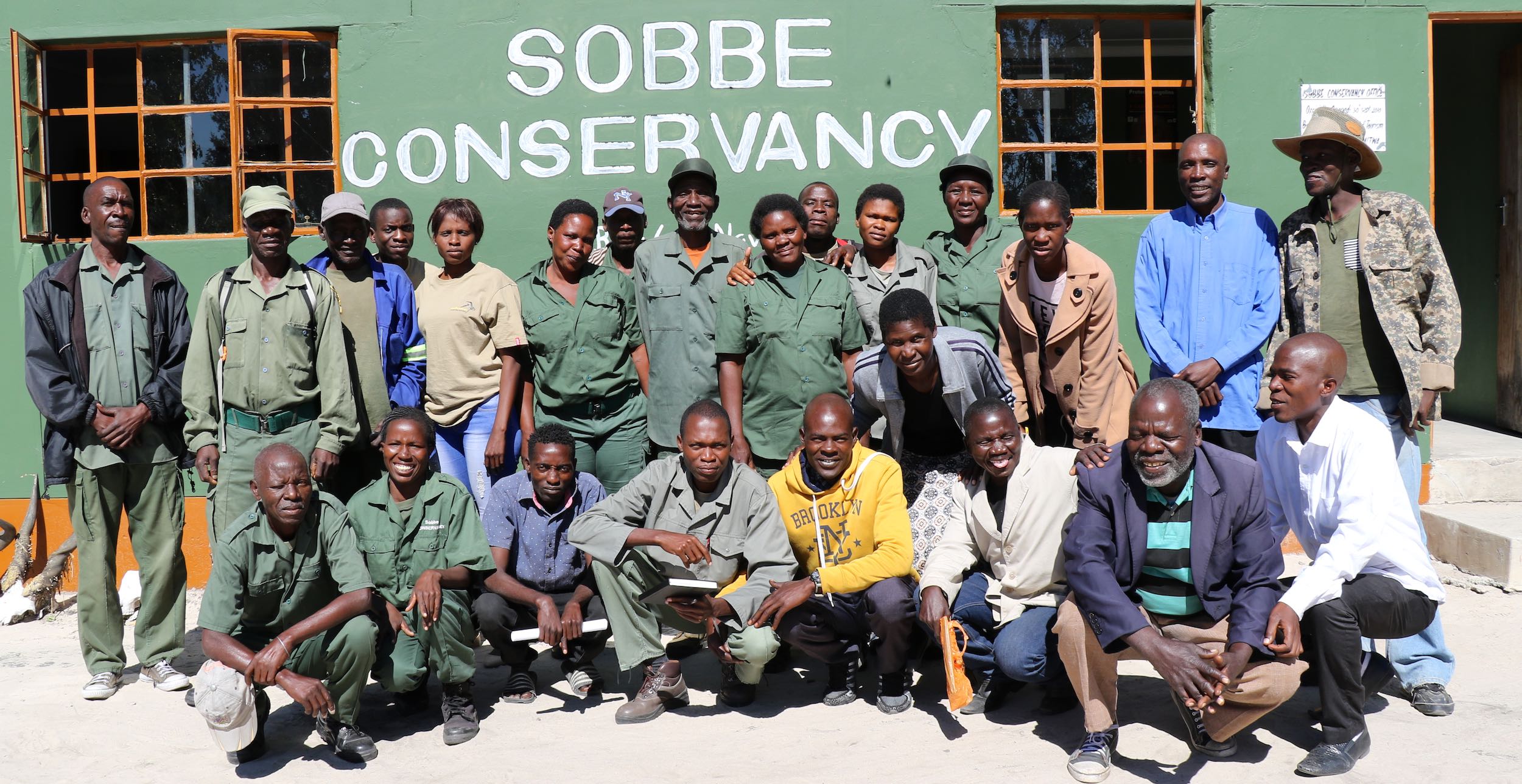
//Huab Conservancy and black rhinos
In the Kunene region NACSO partnered with the //Huab Conservancy and their lodge operator – Ultimate Safaris – to develop a rhino conservation performance payment mechanism based on sightings of black rhino. Since 2018, the national Wildlife Credits Fund has paid N$181,240 to the //Huab Conservancy based on the number of confirmed sightings by the lodge operator. The lodge operator contributed N$14,525 in recognition of the conservancy’s efforts to protect and conserve their rhino and its habitat.
The funds have been invested in rhino protection measures that include the deployment of rangers and the installation of an expanded radar network. The results of improved and sustained rhino monitoring and protection remain important to the conservancy as well as the lodge operator. Interventions like these are critical to the survival of this iconic species.
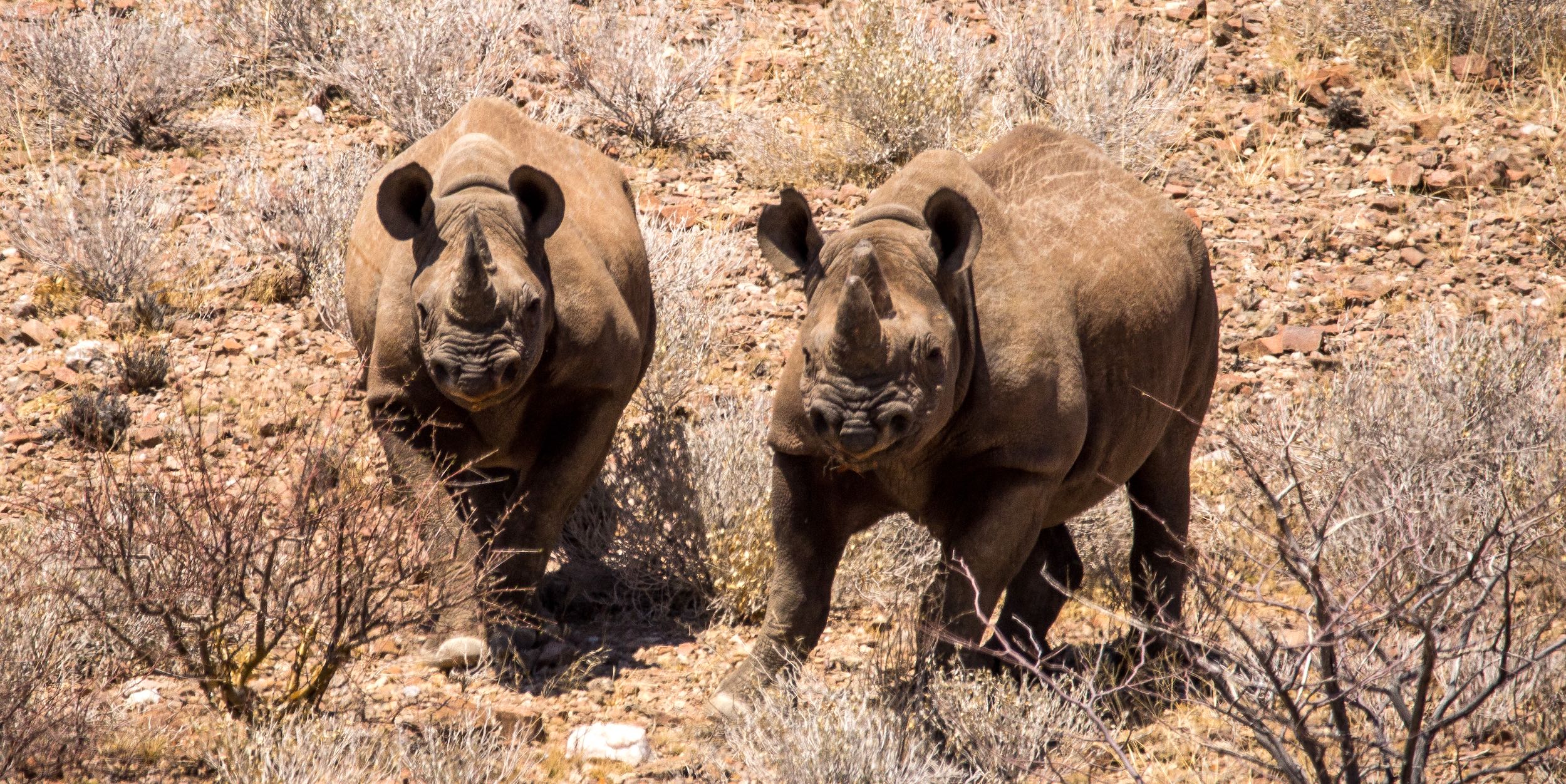
These innovative partnerships underline the importance of various stakeholders working together to create a greater impact for conservation, communities and private sector partners than any of them could achieve alone. As these three examples show, local communities are at the frontline of conservation. When their performance is backed up with finances and expertise they will continue to deliver positive conservation results. This innovative Namibian approach has great potential for further conservation collaboration and even more positive conservation performance results in future. The Wildlife Credits project is a win-win for every partner, and is needed now more than ever.
For articles on similar topics, please click one of the following options:
